Modern DACs are able to accept 2 digital values (representing I and Q), multiply them internally by a Sine and Cosine waveforms and combining the result to form the output signal. When dealing with QPSK modulation textbooks show it like that:
To me this signal looks like it will have incredibly wide spectrum (because of the discontinuities). So what am I missing ? If we want to send a sequence of the symbols: "11" "00" "01" "10" do we really send to the DAC corresponding Phasor Diagram I and Q values and end up with a signal looking like this ?
